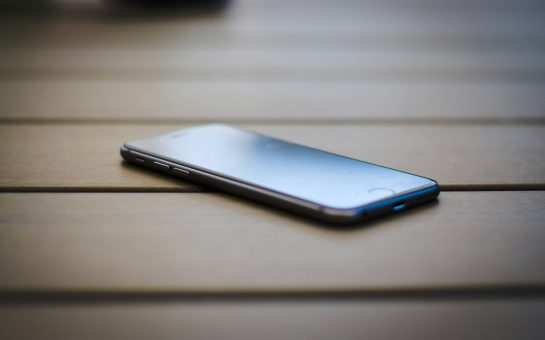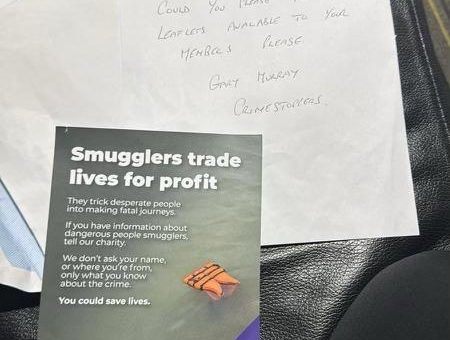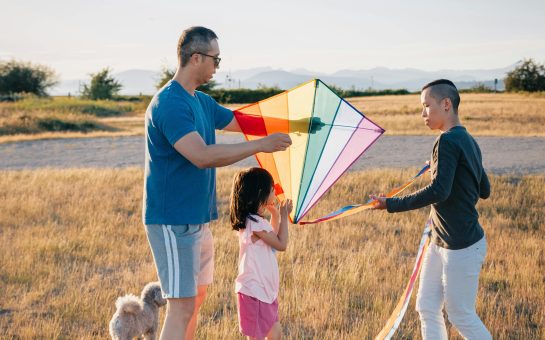Sex has been seen as something fundamentally human since the days of Adam and Eve – but this is not the case for hundreds of thousands of Brits.
It’s estimated that 1% of UK residents – about 641,000 people – identify as asexual, meaning they do not feel sexual attraction towards any gender.
MM spoke to 26-year-old Helen Guthrie, an office worker who discovered asexuality in her early teens.
Helen, from Eccles, said: “Sex is presented as this big thing, a basic human need on a level with food and shelter, something everyone wants and eventually has.
“Realising you don’t fit in with that is terrifying – suddenly you feel like you’re wrong, broken, a little less human.”
Helen struggled with her sexuality at age 14, trying to ignore her lack of sexual attraction, but then discovered asexual support network AVEN (Asexual Visibility and Education Network).
Asexuality has been studied for years by sociologists like Mark Carrigan, who has been researching the orientation since 2009.
“I thought it was a really striking oversight in the existing literature,” said Mark, a research fellow at the University of Warwick’s Centre for Social Ontology.
“Asexuality had not, in any of the stuff that I’d read, been acknowledged as a possibility, let alone actually studied.”
Mark, who has worked with the University of Manchester’s Centre for the Study of Sexuality and Culture, completed his PhD this year while studying the process of coming to terms with sexual identity.
“There seems to have been a huge increase in awareness of asexuality,” said Mark.
“Occasionally people are very confused by it, but it seems that over time less people have that reaction.”
According to AVEN’s 2014 census, the average age of self-recognition is 19, which was the age Helen accepted her sexuality.
“I tend to just be very careful who I come out to,” she said.
“Possibly the worst reaction I’ve had was when I was helping a friend of my dad’s in his shop one day.
“I told him I was asexual – he spent half an hour telling me I was freaking him out, repeatedly putting his hands on me and asking if I felt anything.
“It was really unnerving, but I couldn’t get away from him.”
Mark also observed the difficulties in coming out for asexual people, and how it differed from gay and bisexual people.
“For people identifying as asexual, their lack of attraction was previously experienced as a problem,” he said.
“People made them feel awkward about it, people made them feel difficult about it.”
Many asexual people identify with a romantic orientation, which indicates which gender they are romantically or emotionally attracted to.
AVEN’s census found that 22% were heteroromantic (attracted to a different gender), while 5.1% were homoromantic (attracted to the same gender), and 19% were aromantic, like Helen.
“I’m not romantically attracted to anyone,” she said. “I just want to be surrounded with my best friends and snuggle up while watching TV.
“I have two very close friends who are also asexual, and if it all works out we’d like to live together one day as a family.
“It’s great and I really love them: they’re so special to me.”
Despite feeling no attraction, some asexual people do still have sex, with the top three reasons cited as pleasing a partner, curiosity and because of social expectations.
Helen said: “The thought of having sex myself is pretty uncomfortable for me.
“But politically, I’m very sex-positive. As long as everyone involved is a consenting adult, it should all be acceptable.”
The internet has greatly increased the asexual community’s ability to connect, whether through AVEN, dating sites like Asexualitic or arranging events like Toronto’s International Asexuality Conference, which took place in June.
Mark, who spoke at the London conference in 2012, said: “I think it’s important not to see it as the internet creating asexuality – it facilitated it.
“If you’re younger now, you’ll probably look on Google fairly quickly to try and understand what this experience is, whereas before that people had to travel around and experiment.”
Helen agreed, and said: “The internet is still the main way most people find out about asexuality – there just isn’t enough information available about it in general life.
“Asexuals are uncommon, and without the internet there wasn’t really any way to find each other.
“That meant we couldn’t connect with each other for support, talk about our experiences or even come up with a word for what we were!”
Although he has completed his PhD and the majority of his research into asexuality, Mark still has questions he would like to answer.
“At some point, I’d like to try and look back at popular magazines, newspapers, media, also academic work,” he said.
“To try and track when this change happened in how we think about sex, when this idea of there being the right amount of sexual attraction came into being.”
For more information on asexuality, visit the Asexual Visibility and Education Network.
Image courtesy of Daniela Vladimirova, with thanks



